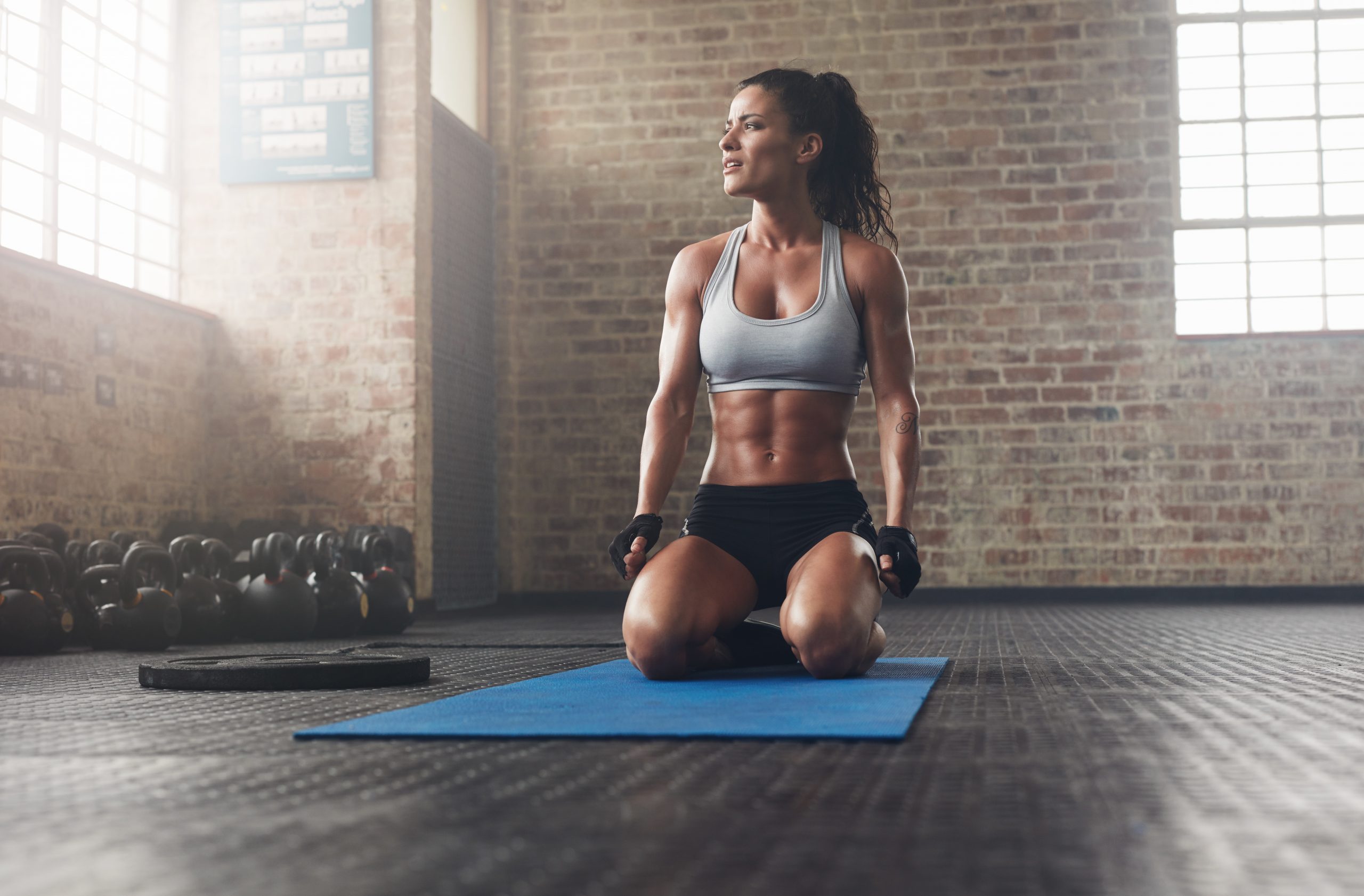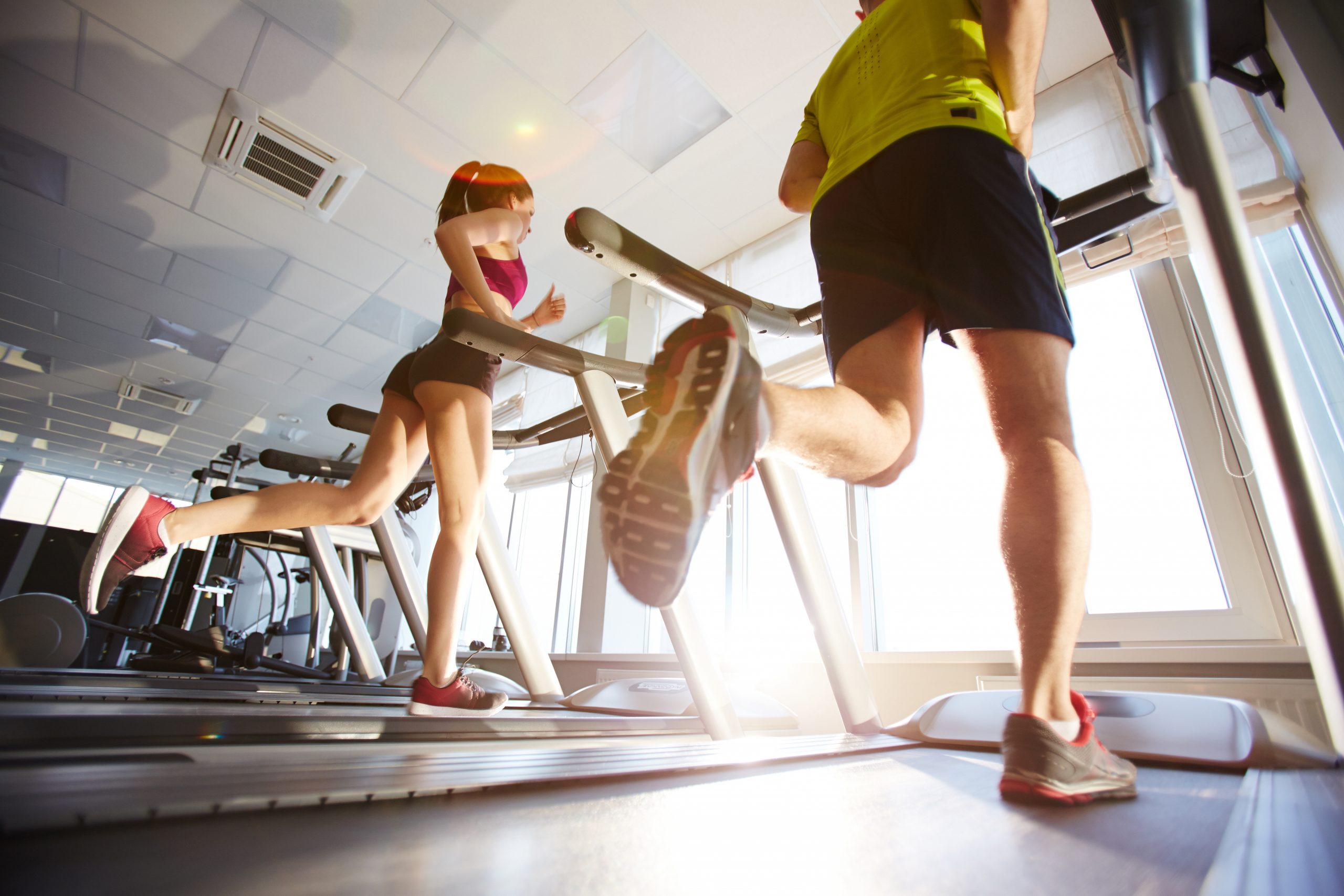Stretching is an essential component of any endurance runner’s training regimen. Not only does it increase flexibility and range of motion, but it also helps prevent injuries. In this article, we will discuss the best stretching routine for endurance runners and dive into the importance of each stretch. Additionally, we will provide detailed descriptions on how to properly perform these stretches to maximize their benefits.
- Dynamic Warm-up:
Before diving into static stretching, it’s crucial to begin with a dynamic warm-up to awaken the muscles and prepare them for the workout ahead. Dynamic warm-ups involve full-body movements that increase blood flow and raise body temperature, ultimately decreasing the risk of injury. Some effective dynamic warm-up exercises for endurance runners include:
a. High knees: Start jogging slowly while lifting your knees as high as possible, alternating legs.
b. Butt kicks: While jogging, kick your heels towards your glutes, alternating legs.
c. Walking lunges: Take a big step forward, lowering your body until your front knee is at a 90-degree angle, then repeat with the opposite leg.
d. Leg swings: Stand beside a wall or support and swing one leg forward and backward, then repeat with the other leg. - Hip Flexor Stretch:
The hip flexors play a significant role in a runner’s stride, and tightness in this area can lead to imbalances and decreased efficiency. To stretch the hip flexors:
a. Kneel down on your right knee, keeping your left leg bent at a 90-degree angle in front of you.
b. Place your hands on your hips and gently lean forward, maintaining an upright torso.
c. You should feel a stretch in the front of your right hip. Hold for 20-30 seconds, then switch sides and repeat. - Hamstring Stretch:
The hamstrings are among the most frequently tight muscles in runners. Stretching them properly is vital for maintaining optimal stride length and reducing the risk of strains. Follow these steps:
a. Sit on the ground with your legs extended in front of you.
b. Bend your right knee slightly and reach forward towards your toes with both hands.
c. Keep your back straight and avoid rounding your shoulders. Hold for 20-30 seconds, then switch legs and repeat. - Calf Stretch:
The calves play a crucial role in endurance running and are prone to tightness and strains. Stretching the calf muscles promotes flexibility and reduces the risk of Achilles tendonitis. Here’s how to do it:
a. Stand facing a wall, with one foot approximately one step-length away from the wall.
b. Place your hands on the wall at shoulder height and lean forward, keeping your back leg straight and heel on the ground.
c. Feel the stretch along the back of your calf. Hold for 20-30 seconds, then switch sides and repeat. - Quadriceps Stretch:
The quadriceps are the primary muscles involved in leg extension and are instrumental in maintaining a strong and balanced stride. Stretching these muscles helps prevent imbalances and potential knee injuries:
a. Stand upright, with your feet shoulder-width apart.
b. Bend your left knee and bring your left foot towards your glutes, grabbing your ankle with your left hand.
c. Pull your foot closer until you feel a stretch in the front of your thigh. Hold for 20-30 seconds, then switch legs and repeat.
Conclusion:
Endurance runners need to prioritize stretching to enhance performance and prevent injuries. Incorporating a well-rounded stretching routine into your training plan can improve flexibility, increase range of motion, promote proper biomechanics, and ultimately contribute to achieving your running goals. Remember always to listen to your body and perform each stretch correctly to ensure optimal results and keep future injuries at bay. Happy running!
If you are a runner who wants to improve your performance and give yourself the best chance to stay injury free, check out this 3-in-1 program at Outrun the Bear. This is the ultimate strength, mobility and injury prevention program and it won’t take you more than 20 min a day.



